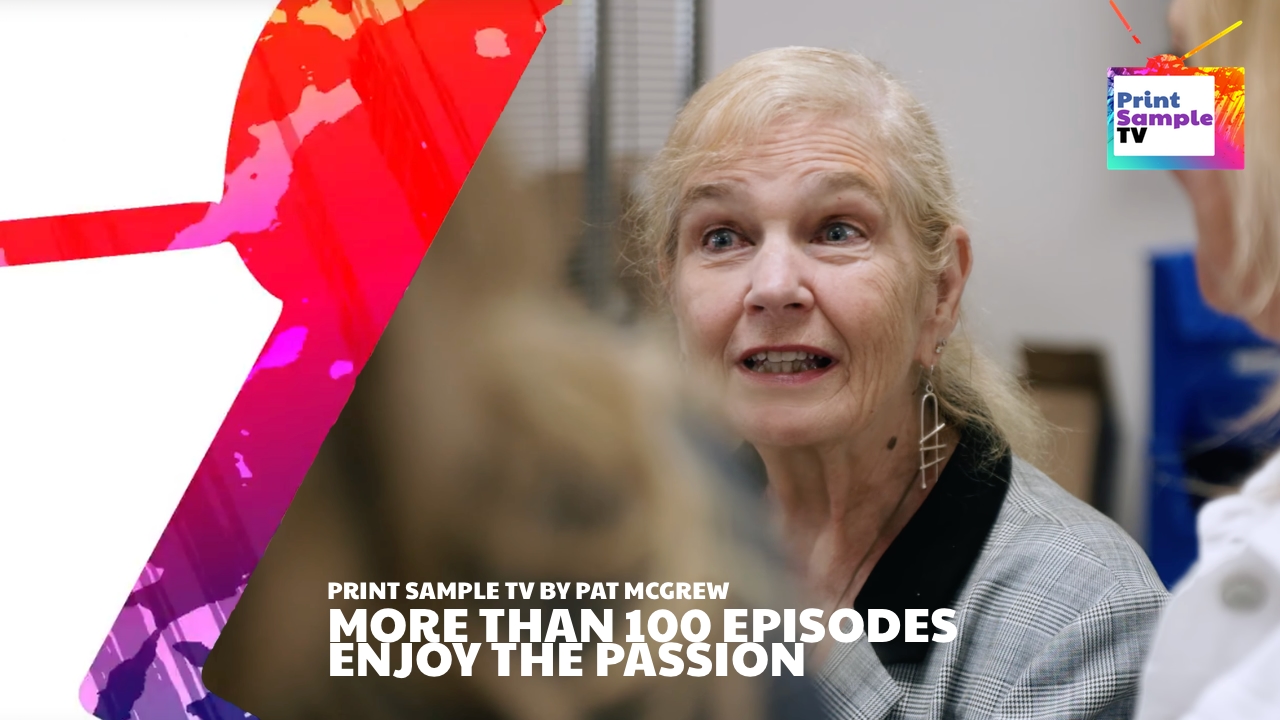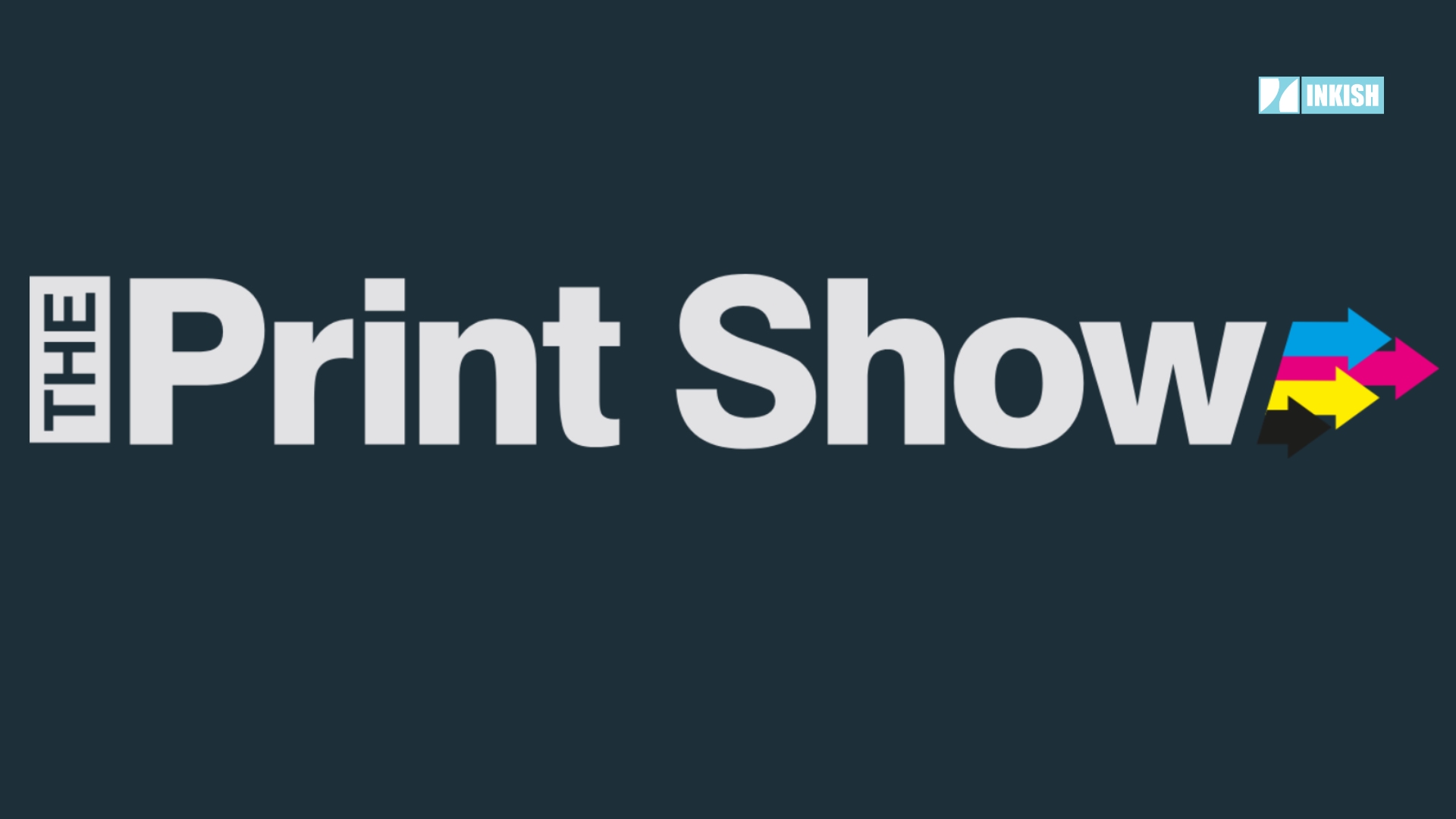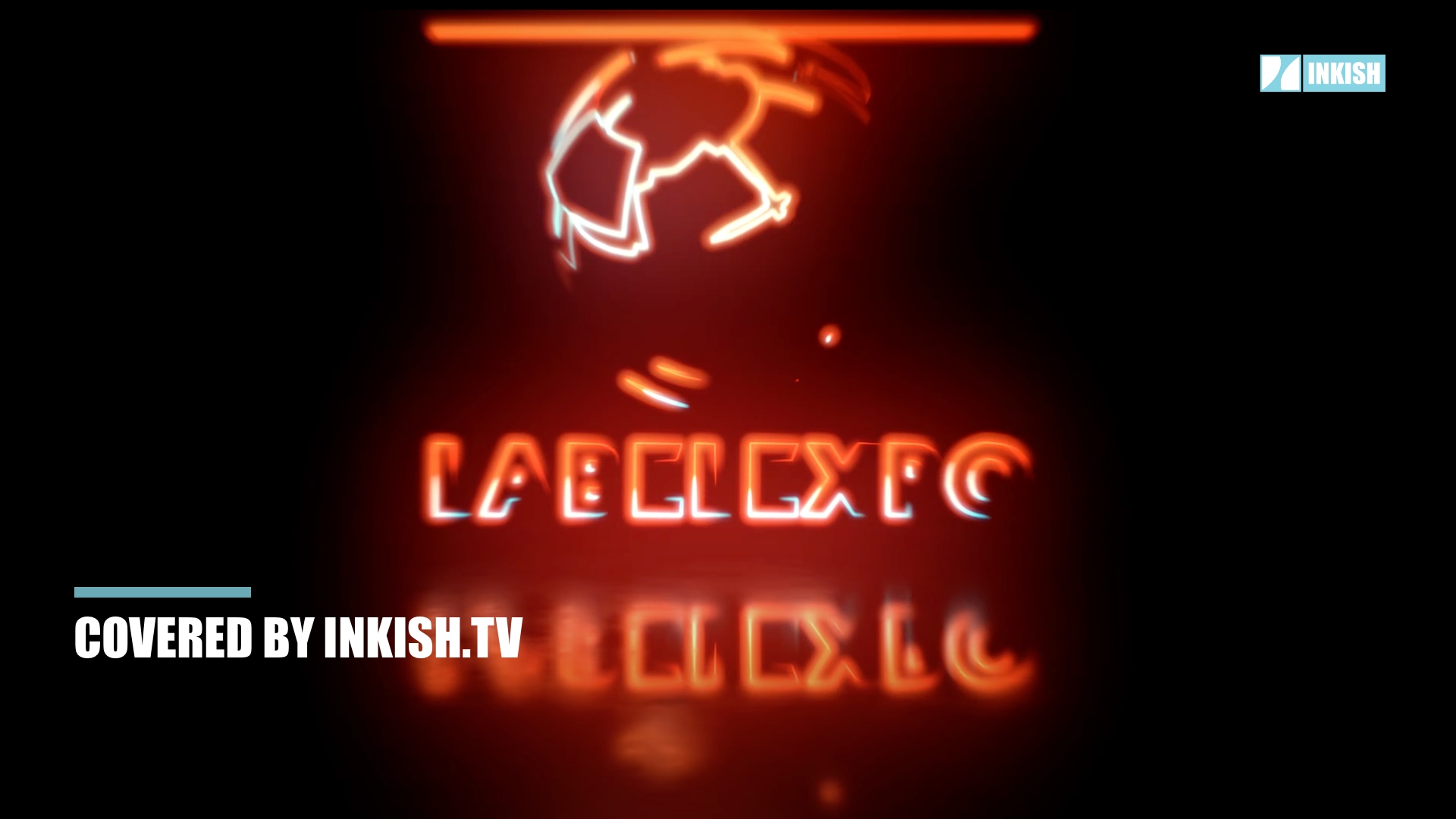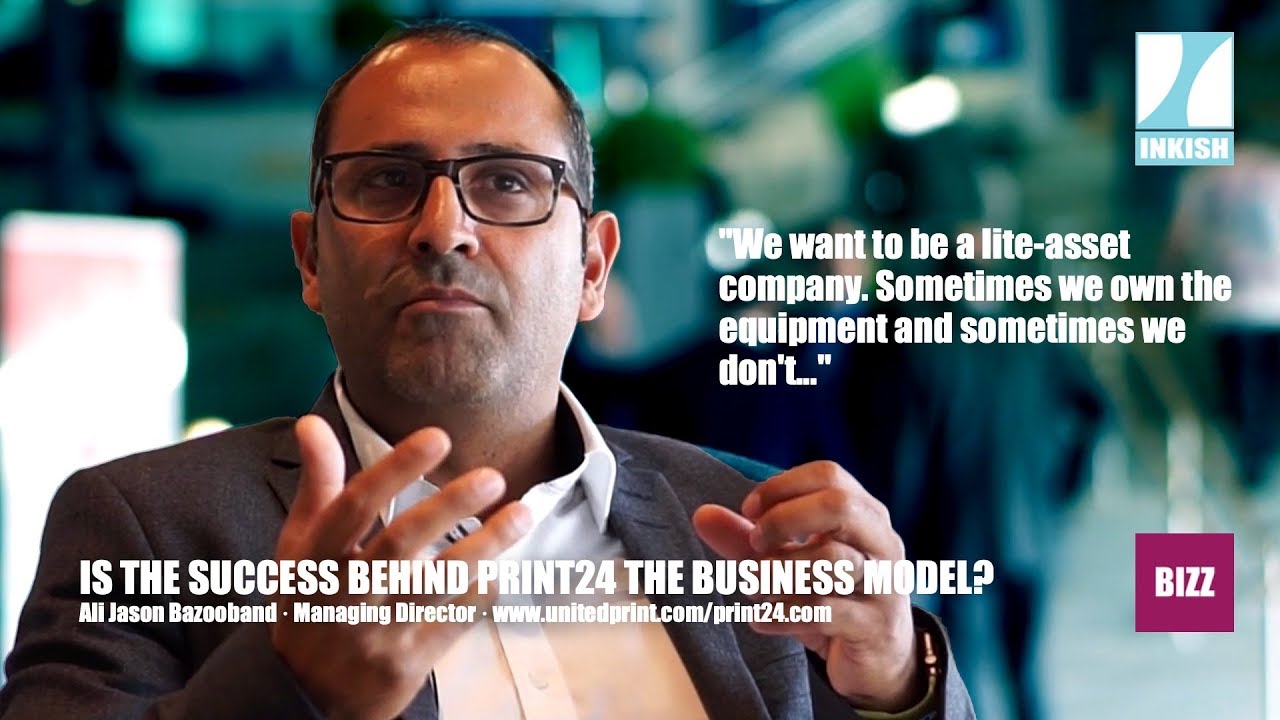Is the success behind Print24 the business model? · Ali Jason Bazooband
At the recent Sign, Print & Pack in Norway, one of the exhibitors wasn’t Norwegian. Actually not even Scandinavian. It was Print24 which is a well-known online printer in most of Europe. We got a chance to talk to Managing Director Ali Jason Bazooband about how they differ from other online printers. In a VERY open-minded and lively interview, the charismatic Managing Director Ali Jason Bazooband tell you the business that he is managing.
We’re one of the top five online printers European-wide, making something around 85 million Euro turnover, profitable turnover. We are more profitable-driven than turnover-driven, let’s say because we have only one owner, and he needs to have profit. That’s it.
So, we haven’t bought companies inside our system, we have to make business from our own, and we’re doing this over 15 years now. We have 700 employees all over Europe. We have six production facilities in Europe because we faced that we cannot compete with local heroes in Spain, or in Italy, or in France, without also printing there.
In general, it’s one unique website, which is Print24, say the brand, in different languages and in different companies, so we have every single country or company that … The Norwegian customer buys in Norway, and the money stays in Norway, and we have people, employees, here in Norway and in the countries that we sell.
We have chosen this model to tell the Norwegian customers that we are a Norwegian company, and you don’t have to pay customs or et cetera. We do all that for them, but the same model works also in the EU, in France, or in Italy, or in Denmark, or in Finland, or in Sweden.
So, we always assume that we are in the country, locally, and now we are physically also there with production and people.
To make the story short, is the market is so huge, so huge, that we know, everybody knows in that business, that the online printers, and the people who approach in this business with websites, and with online workflows, they have less share.
They have like under 10% share of this market, so it’s not that we compete in this 10%, we more compete in the 90% we don’t have, so this is the most competition.
As I started as Managing Director from United Print, with Print24, 2014, I saw that we had only 25% of the demanded products that companies and printing agencies, creative agencies needed for their customers, and so we tried to focus on bringing products on our website; which is very hard to fulfill because we are in 26 countries, so we have to make everything.
Let’s say different languages and different data sheets, and different requirements, different law requirements also. If you put something sweet on your food, on your side, they are totally different things.
So, more products is more share and more value for the customer.
When it comes to technology, it’s a product that you cannot produce yourself. Then, you have to decide, do I buy the machine, and even if you buy the machine you will not be the expert on this thing.
So, there is only one expert in Europe, so we tried to work with this expert in Europe, and we will share let’s say his expertise with our market share, so we have the contact, he has the expertise in making these things, and we buy it from him.
It could be that he only produces one product for us in this special country, but in general, we have let’s say still … All of the online printers that are all around Europe right now, all of our friends.
We have hundreds of products in our website, but 50% of the turnover comes from let’s say 20. If you want to conquer or stay competitive in the country, in a foreign country, first of all you cannot do it from Germany.
You cannot be so arrogant to say, “I know that we’re German, we can … First we take Manhattan, then we take Berlin.” You know, so it was a time that everything was cool because it was online, it was new, and people bought from online.
But, there comes a day that you see that you cannot compete with an Italian competitor. They produce business cards for a small amount of money, and our delivery is double the high, and it takes four days.
So, there’s no market if you do not produce over there, so you have to come back to your question. You have to have a certain kind of range of products that are really, really demanded, and that you produce inside the market.
The favorites are the digital printing products, under let’s say thousand pieces, or two and a half thousand pieces, et cetera.
No, no, no. It’s not our own facilities. We own sometimes the machines, and we own sometimes-
Oh.
Yeah, and we partner with them, and so sometimes we see that the partner has a good product, but he has no machine for that, then we put our own machine in, we show him how to use it.
Most of the time they show us how to use it, usually. There was, “Oh, we didn’t know about that,” and then we partner with that, so we don’t own the companies that …
This is a thing that we, in generally, don’t think about. It’s not a secret. We want to have light asset company. We have long-term relationships with the production facilities that we have. Long term also customers from us, that bought things from us.
So, not even the contract puts us together. The history puts us together because we have 10 years relationship with them.
The development of online print was in a couple of phases. Phase one we call it Web to Print 1.0. You guys on … Let’s say in Scandinavia, I think you guys somehow in the phase one still.
You could see us as competitors to the traditional print. Let’s say in Germany, or in Austria, or in other countries that we have been 10 years, 15 years, started 15 years ago, now we are on the phase 3.0.
We are more partners than competitors. The phase 2.0 was they had the knowledge that, “Hey, we could buy and sell … We have … The printers have. Hey we can concentrate now on our products that we can produce very good, and all the other products, hey, why don’t buy and sell it, and we’d make hell of margin more than we had before,” because it’s not the production, it’s the knowhow.
And, the market that they have that they keep, and then, this time the turnovers accelerated, boosted, because all of the printers who feared us got the link and said, “Hey, we don’t have to fear. We have to use them,” and then they used us with neutral shipment, and the sender address that we change to their names, et cetera.
And then, market boosted. Now, the 3.0 time that we say, Web to Print 3.0, is that we’re also partners, delivering them wide-label shops. Our own leases, now they are own regional online printers in their region, and say, “Hey, I am little bit more expensive than all the other big guys, but I am the online printer for your region, and I give you more service than the big guys can give.”
The secret is in the workflow. It’s not in the … There’s XML and PDF comings out somewhere, and you have to find the best people for the best thing.
If we say that we are not the best guy in printing stickers, then we find somebody, but we are the best as we assume, for our customers, to give them the value that …
Can order fast, they have a great variety, and we produce a workflow that it’s produced nearby them, or where the best guy is produced, and that’s the value that we can give.
The cool thing about that is also that we used to think that we are … Over years, that we are only a pure e-commerce company. We are far away from e-commerce that you know, but online marketing, let’s say.
And, nowadays, I developed a direct sales team in all of the countries that we have; so we have people having cars, having phones, having marketing materials, and like the old economy, driving around, their prospects and their leads, and just bringing their business cards, leaving their brochures inside, and say, “Hey, I’m the guy from Print24. If you need anything, you can call me. That’s our website.”
And they build up relationships with their leads, and their customers in their country. That’s a paradigma change that we have made, that we have people around in that business.
In general, I believe that you will have these couple of big online printers. When we talk about online printers in general that have hundreds of products on their website, like the Amazon of print. Yeah?
You can choose that. Whatever you want you can choose, and it’s mass customization platforms, and there will be some acquisitions all over Europe and all over the world, I believe.
There are only two left in this size who are still owned by the owner, by the regional owner, so that will be fun. So, we have also these approaches from the market, and people they want to talk, but I believe that if you are not focused on a special product, and you have not your niche, and you didn’t find you area, then you would have a tough time.
It is not only the product. I believe, personally, that you cannot invent a product, let’s say a special type of flyer or postcard that will be so different. Yeah, that would boost your business all around, and it comes in the right way, and the momentum that the market demanded that.
I believe that the approach to the customer, the story behind that, this will … You will have to find is there are guys who are founders now in the Silicon Valley, and they found apps that they make postcards. You know?
And, they make millions of postcards in the time that we say, “Oh, postcards is a product that … Okay, it’s not a fancy one, but they’re making money because it’s service and it’s stories around. It’s nice to handle. You can picture yourself, you can make a picture, you can choose designs, and you can write right away to your mom and send it.
It’s convenient, like convenient food or something. So, it’s not only the product, it’s the way you approach the customer, and that’s why I believe that companies who approach a customer in different ways, they change their focus from time to time, not only online, and we do it only online.
Not only offline, yeah? Change the focus. I can say that our focus had additionally changed to go more in direct sales, additionally to what we thought would be the best thing to do, only to be an online player.
And, I believe this will be the developments how to grow, and how to achieve the customers more.

































































